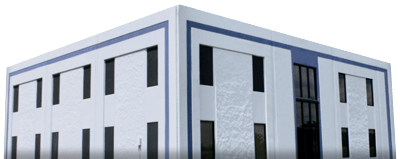An Ounce of Preparation = A Great Design

Back when I was just a wee young designer, I used to jump onto Photoshop the second I started a new design. The result was lots of rework, and lots of wasted time.
Over the past few years I’ve settled into a process that instead focuses on upfront preparation. I’ve found that spending a bit of time on prep saves a lot of time in the overall design. And, I get better results with a less stress.
So here’s my process. Call it “Alexis’ secret for a stress-free design.“
- Start with an idea file. I start by researching my customer’s audience and competition. I try to figure out what works on different sites and what doesn’t. I also flip though website galleries and design annuals, looking for pieces of inspiration that fit with my customer’s goals and can start to spark a design.
- Move to sketches. Once I have a direction in mind, I start sketching. Often I’ll work on just one element of the site first — the header or the footer, or maybe the navigation. I like to get one component right, then build the rest of the layout around that.
- Choose a color palette. After I’ve got a basic layout, I start to think about color. Often I’m working with a client’s existing brand colors, but want to create a richer, complementary palette for the web. I sometimes visit sites like kuler.adobe.com as a jumping-off point for ideas.
- Head to Photoshop. Once I’ve got the building blocks of the site– the layout and color palette – I can jump onto Photoshop and create the final design. At that point, Photoshop is just a matter of executing the concept I already have – easy peasy.
It’s important to spread this process over two or three days. I get much better results if I have time to let the design concepts sink in, if I can sleep on them. Inspiration often strikes not when I’m plowing through a project, but when I take a moment to step away from it.
It’s also important to get feedback between every step in the process – an external perspective on whether I’m on the right track. That stops me from going too far down the road on a design if it’s not quite right for the customer. Saves me time, saves the customer money.
That’s what I call a win–win.






Now I know all your secrets to stellar design work!
a new formula has been discovered … Thnx for sharing this ..